Snakes are endlessly fascinating creatures, often surrounded by myths and misconceptions. Many people might find them creepy or dangerous, but there’s so much more to these slithering reptiles than meets the eye. They’re capable of some truly bizarre behaviors that will completely change your perspective on them. So, let’s dive into the incredible world of snakes and explore 12 of their most astonishing antics that are sure to leave you stunned.
1. Snake Spitting Venom In Their Prey’s Eyes
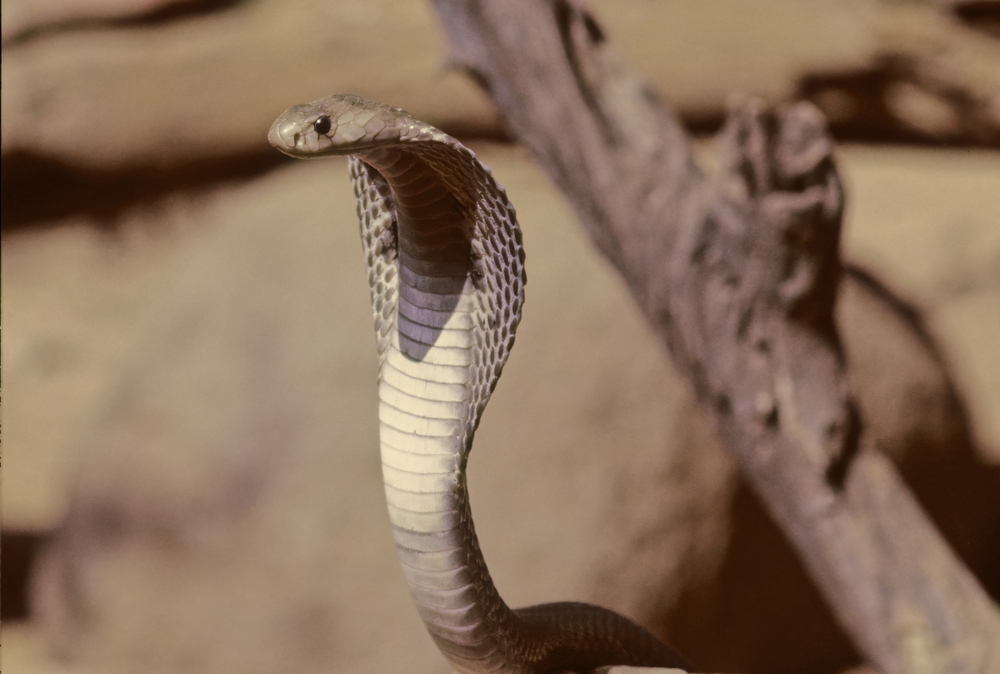
Imagine being able to defend yourself by simply spitting venom into your attacker’s eyes. The spitting cobras have mastered this impressive defense mechanism. According to Live Science, these snakes can launch venom up to 8 feet with pinpoint accuracy. This venom isn’t just any liquid; it’s a dreadful concoction that causes severe pain and can temporarily blind their attackers. Amazingly, they can do this without even opening their mouths, a feat that requires incredible muscle control.
But that’s not all—spitting cobras can also change their aim depending on the size and distance of their target. Unlike other snakes that rely on fangs to inject venom, spitting cobras have adapted to rely more on this defensive technique. It’s a breathtaking demonstration of evolution at work, with these snakes turning what was once an offensive weapon into a defensive one. It’s hard to think of a more resourceful way to protect oneself in the wild.
2. The Tail-Shaking Mimicry Masters
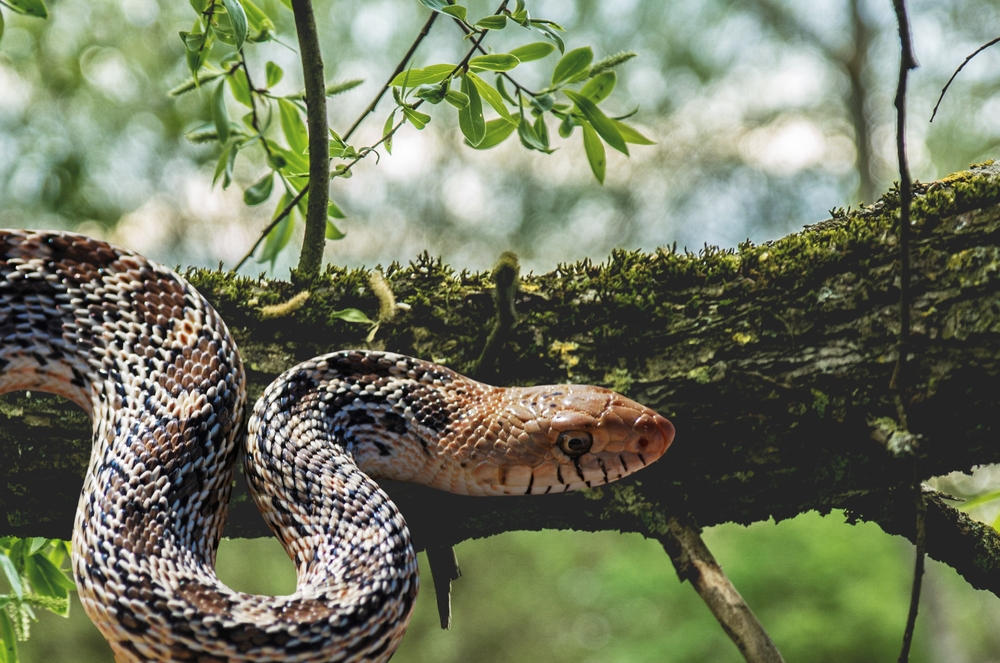
Ever heard a rattlesnake rattling its tail as a warning? Well, it turns out they’re not the only snakes capable of making such a noise. According to Sciencing, some non-venomous snakes, like the bullsnake, have evolved to mimic this sound, fooling potential predators into thinking they’re more dangerous than they are. They do this by vibrating their tails rapidly against dry leaves or other debris, creating a convincing rattling sound.
This mimicry is a brilliant survival strategy that keeps predators at bay without needing a venomous bite. Over time, bullsnakes have become so convincing that even experienced predators might think twice about attacking. It’s a classic case of ‘fake it till you make it,’ only in the animal kingdom such deception can mean the difference between life and death. In this way, snakes demonstrate that sometimes the best defense is a good bluff.
3. Playing Dead With A Dramatic Twist

You’ve probably heard of animals playing dead to avoid predators, but snakes take this to a whole new level. The hognose snake is famous for its elaborate act of playing dead, complete with a dramatic flair that would make any Hollywood star proud. According to Britannica, these snakes will flip onto their backs, convulse, and even release a foul-smelling odor to mimic decomposition. It’s a strategy that not only deters predators but also makes them lose interest entirely.
What makes this behavior even more fascinating is its sheer commitment to the act. If you flip the snake back onto its belly, it will immediately roll back over, insisting on playing dead. This level of dedication is rarely seen in the animal kingdom and is a testament to the snake’s survival instincts. It’s an incredible feat of nature, showing just how far some creatures will go to avoid becoming a meal.
4. The Mesmerizing Hypnotic Dance Before Striking
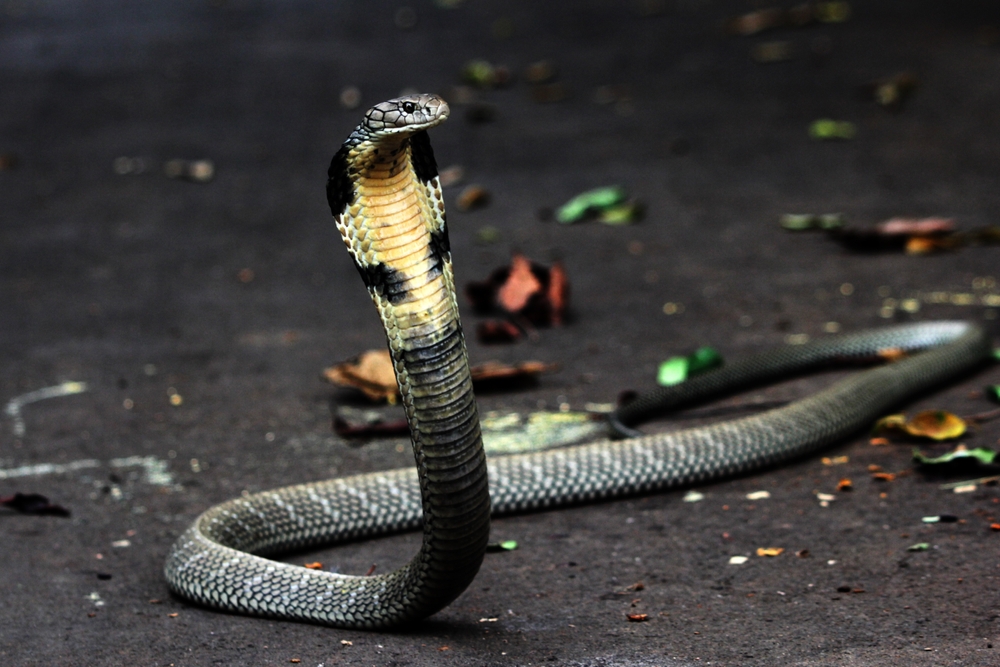
Some snakes have an uncanny ability to mesmerize their prey with a hypnotic dance before making their move. This behavior is most commonly observed in the king cobra, the world’s longest venomous snake. When threatened or hunting, the king cobra will elevate its body to form an ‘S’ shape and sway from side to side. This movement can be visually entrancing for both predators and prey, giving the snake the upper hand in any confrontation.
This dance isn’t just about theatrics; it’s a calculated move to disorient and intimidate. By appearing larger and more menacing, the king cobra often scares off potential threats before any confrontation occurs. If that doesn’t work, the graceful swaying motion also provides a perfect setup for a swift and deadly strike. It’s a fascinating example of how some snakes use both physical prowess and psychological tactics in their quest for survival.
5. The Jaw-Dropping Feat Of Eating Prey Larger Than Themselves
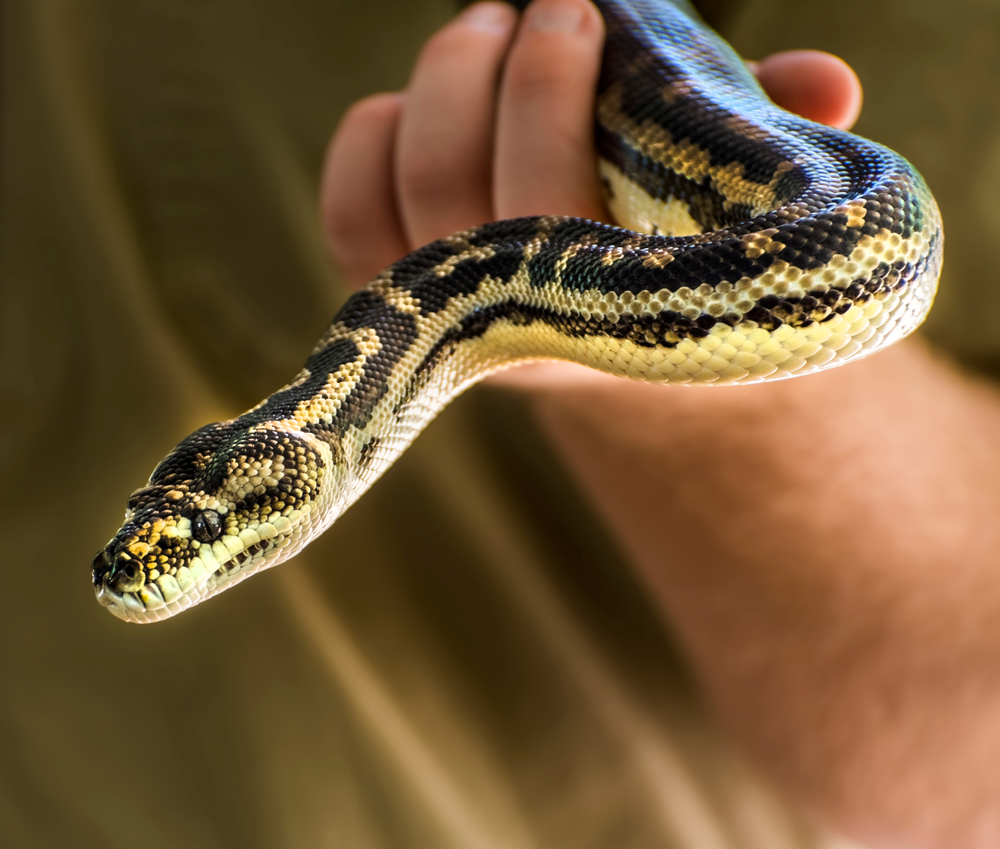
Snakes are known for their ability to consume prey much larger than themselves, thanks to their incredibly flexible jaws. Unlike humans, snakes have a ligament that connects their jaws, allowing them to stretch significantly. This means they can open their mouths wide enough to swallow animals several times their size. It’s a jaw-dropping feat that showcases the snake’s ability to adapt to its environment and make the most of available food sources.
The process of eating such large prey is both fascinating and time-consuming. A snake can take several hours or even days to digest its meal, using powerful stomach acids to break down the prey. During this time, the snake’s metabolism slows down significantly, conserving energy. This incredible ability allows snakes to survive in areas where food is scarce, proving once again their remarkable adaptability.
6. The Self-Healing Powers Of The Snake’s Shedding Skin
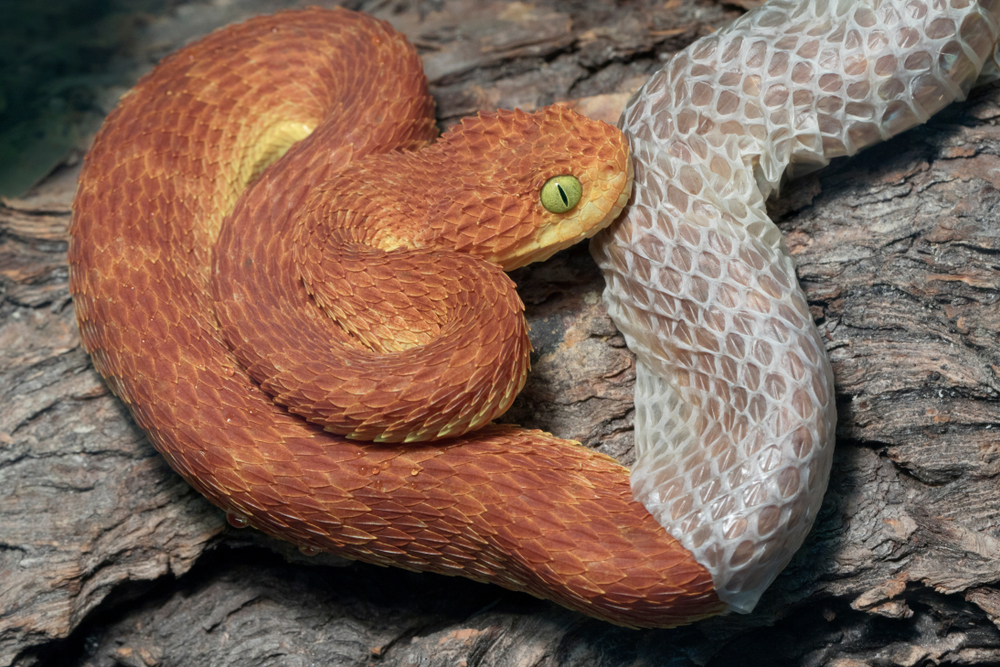
Shedding skin is a common practice among reptiles, but snakes have elevated it to an art form. Known as ecdysis, this process allows snakes to grow and remove parasites or damaged skin. It’s a fascinating cycle that happens several times a year, with the old skin peeling away in one long, continuous piece. This natural exfoliation reveals a fresh, vibrant layer of skin beneath, free from scars or imperfections.
But shedding isn’t just about aesthetics; it plays a crucial role in a snake’s health and survival. As snakes grow, their old skin becomes tight and restrictive, so shedding is essential for continued growth. The process also helps remove parasites and old injuries, allowing the snake to heal and thrive. It’s a perfect example of how these reptiles utilize natural processes to maintain their health and well-being in the wild.
7. The Night Vision Marvels Of Pit Vipers
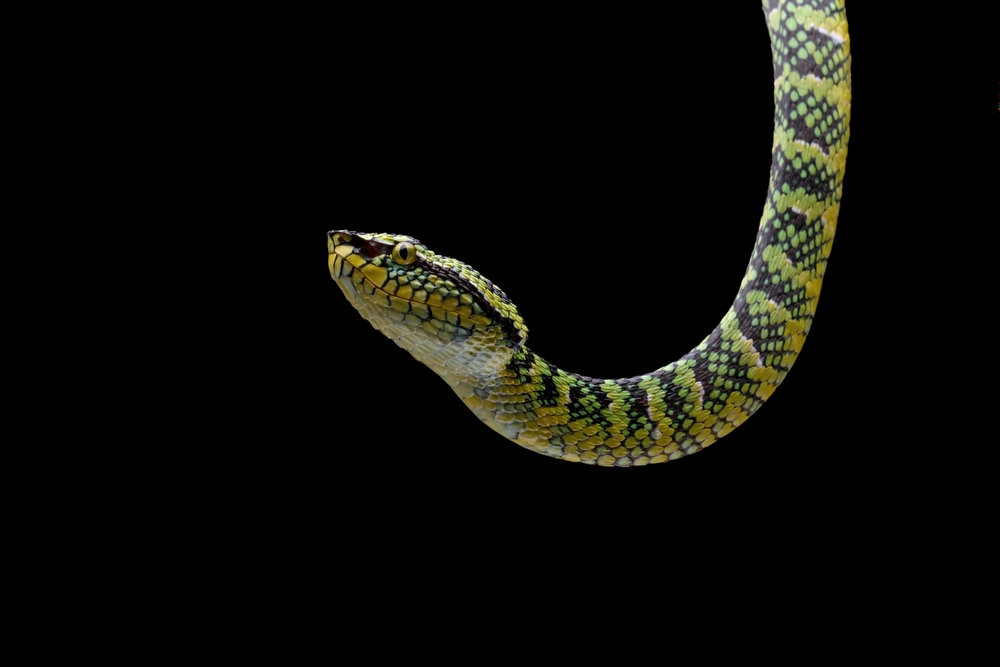
Pit vipers have developed a remarkable adaptation that allows them to hunt effectively at night: heat-sensing pits. Located between their eyes and nostrils, these pits enable the snake to detect minute temperature changes. This ability allows them to “see” the heat signatures of their prey, even in complete darkness. It’s akin to having built-in night vision goggles, giving them a significant advantage in nocturnal hunting.
This adaptation is especially useful in environments where prey is more active at night. The heat-sensing pits allow pit vipers to create a thermal map of their surroundings, pinpointing the exact location of warm-blooded animals. This unmatched ability makes them highly effective predators, able to strike with precision. It’s an extraordinary example of how snakes have evolved unique features to thrive in their natural habitats.
8. The Gravity-Defying Gliding Of Flying Snakes
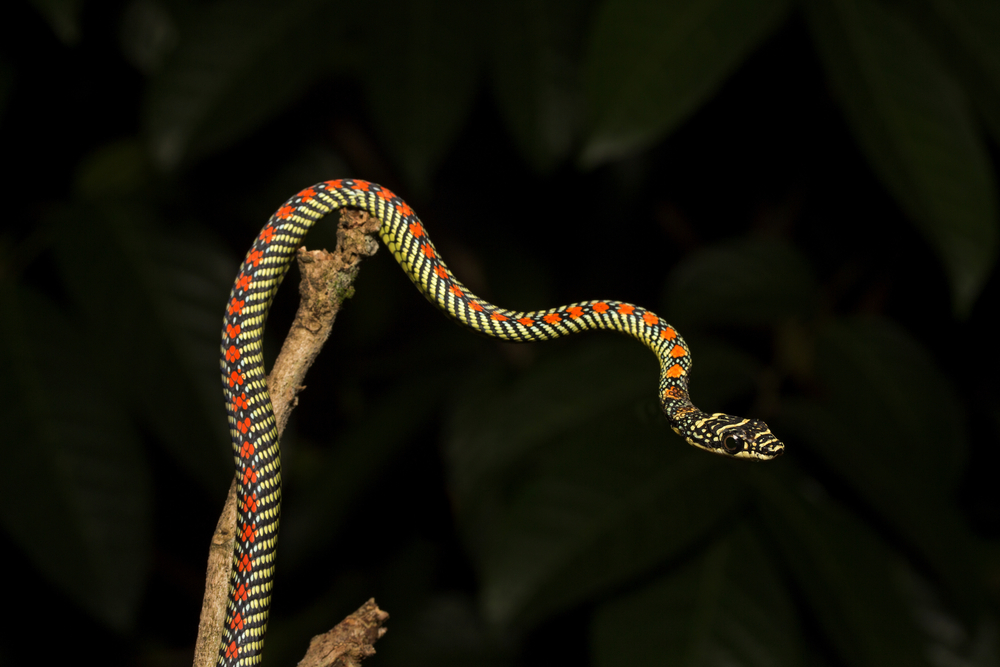
Believe it or not, some snakes can “fly” through the air, or at least glide impressively. Known as flying snakes, these reptiles can launch themselves from tree branches and glide distances of up to 100 meters. They do this by flattening their bodies and undulating through the air, a motion that keeps them aloft. It’s a gravity-defying feat that leaves many onlookers in awe.
This unique ability is not just for show; it serves several practical purposes. By gliding, these snakes can move between trees without descending to the forest floor, avoiding ground-dwelling predators. It’s also an efficient way to travel long distances while conserving energy. Flying snakes demonstrate yet another way that these reptiles have adapted to their environments in remarkable ways.
9. The Underwater Breathing Tricks Of Aquatic Snakes
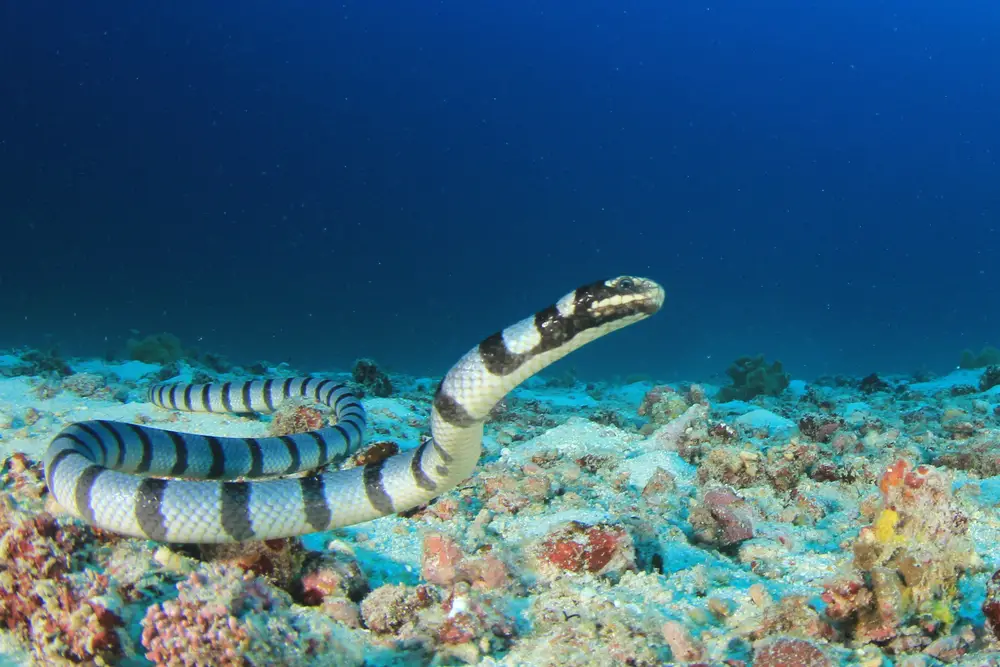
Aquatic snakes have developed amazing adaptations that allow them to thrive in water. Some species, like the sea krait, can stay submerged for extended periods by slowing their heart rate and using a specialized lung. This allows them to extract oxygen from the water more efficiently. It’s a fascinating survival technique that lets these snakes hunt and live in marine environments.
These adaptations are vital for their aquatic lifestyle, allowing them to dive deep and hunt for fish and eels. In addition to their lung adaptation, some aquatic snakes possess valves in their nostrils to keep water out while submerged. This unique combination of features makes them incredibly efficient swimmers and hunters. It’s another example of how snakes continue to amaze us with their diverse and specialized abilities.
10. The Cold-Weather Survivors Of The Snake World
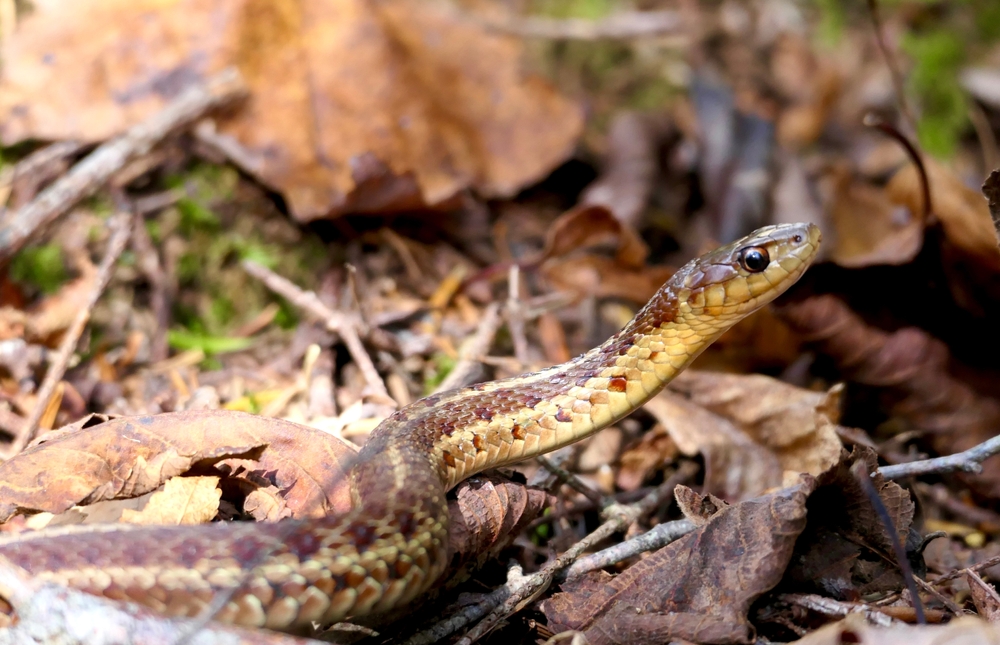
For many reptiles, cold weather can be a death sentence, but some snakes have adapted to survive in frigid conditions. Species like the garter snake can enter a state of brumation, a hibernation-like state that allows them to conserve energy during the winter months. This adaptation enables them to live in environments where temperatures plummet.
During brumation, snakes slow their metabolism and become lethargic, often huddling together for warmth. This behavior is essential for survival in cold climates, allowing them to wait out harsh winters. Once temperatures rise, they emerge from their resting state, ready to hunt and mate. It’s a testament to their resilience and adaptability in even the harshest of conditions.
11. The Disappearing Act Of Burrowing Snakes
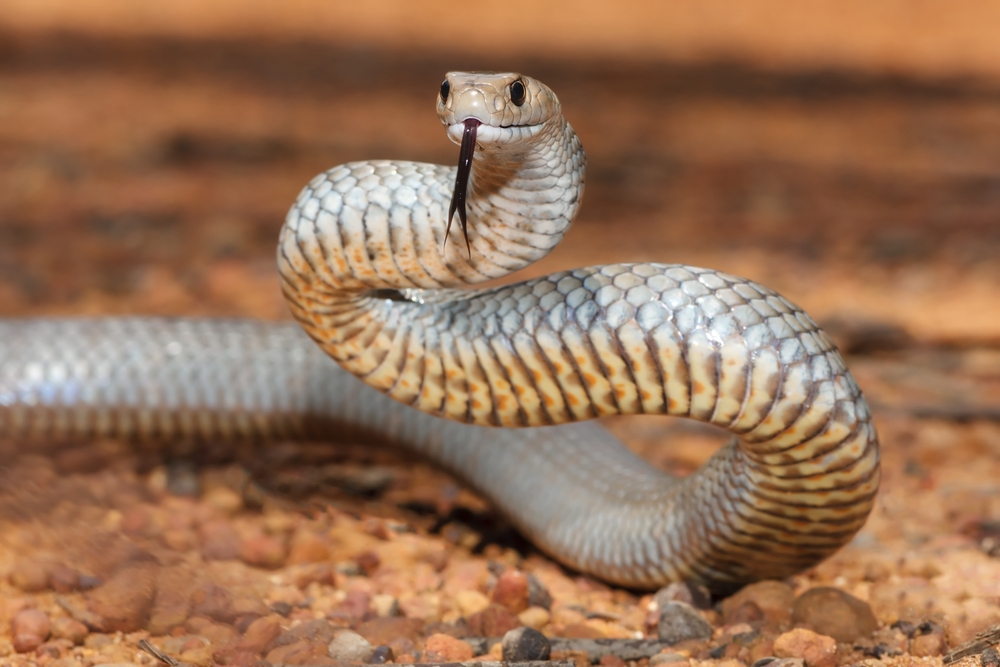
Some snakes have mastered the art of disappearing, thanks to their burrowing abilities. Species like the sand boa are adept at burying themselves in the sand to escape predators and extreme temperatures. This behavior allows them to remain hidden from view and avoid detection, effectively becoming invisible in their environment.
Burrowing is not just a means of escape but also a strategy for hunting. By hiding beneath the surface, these snakes can ambush unsuspecting prey that comes too close. It’s a remarkable adaptation that demonstrates the ingenuity and resourcefulness of snakes in the wild. This ability to vanish into their surroundings highlights their exceptional survival skills.
12. The Musical Charms Of The Snake’s Rattle
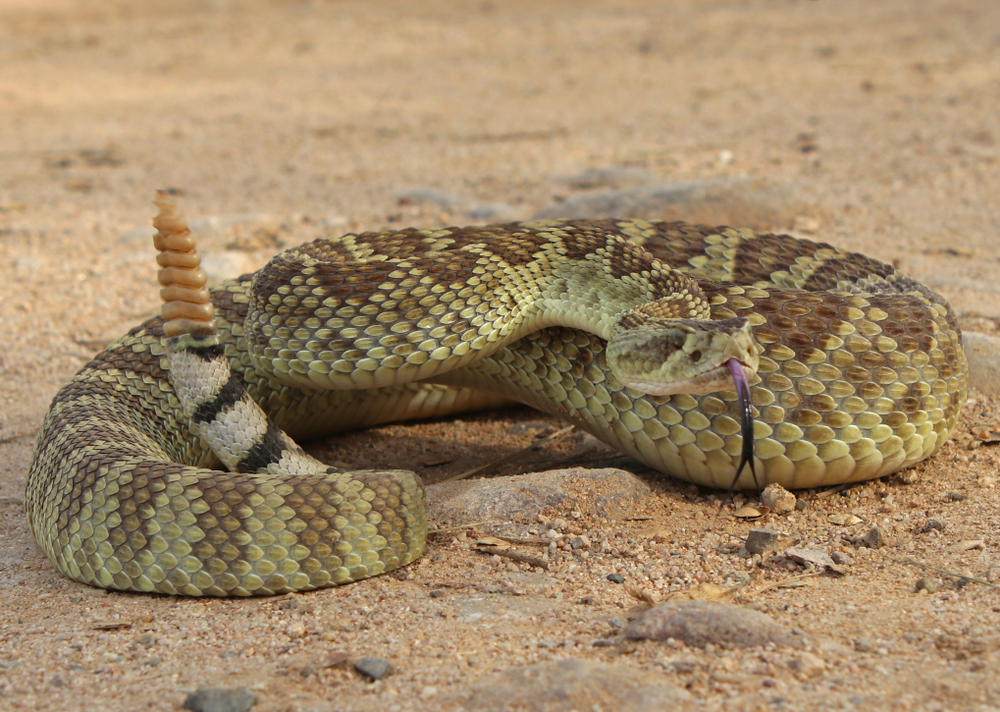
The rattlesnake’s signature rattle is one of nature’s most recognizable sounds, but it serves a sophisticated purpose. The rattle is made up of a series of interlocking segments that create a distinct noise when vibrated. This sound acts as a warning to potential predators, signaling the snake’s presence and deterring threats. It’s an effective defense mechanism that often prevents conflicts before they occur.
The rattle is not just a random noise; it can vary in intensity and volume depending on the situation. Snakes can adjust their rattling to communicate with other snakes or emphasize their warning to larger threats. This musical charm is a finely tuned instrument of survival, showcasing the snake’s ability to adapt and communicate. It’s a fascinating behavior that underscores the complexity and intelligence of these incredible reptiles.
